Unless you’re a diehard of a particular brand of car, you probably give little thought to where it was built. By the time a car reaches the showroom, it’s the car itself and the customer service you receive that makes the biggest impression – but the industry and logistics behind each and every car is arguably more impressive than the vehicle you’re driving.
Walking around the Concours de l’Ordinaire at this year’s Hagerty Festival of the Unexceptional, you might not have considered just how many were built in Britain – even those not wearing British badges.

So below we’ve amassed nine factories that produced more than a dozen of the cars we saw on display, from the prolific factories at Cowley and Longbridge, to several others still building (very different) cars to this day.
Canley, Coventry
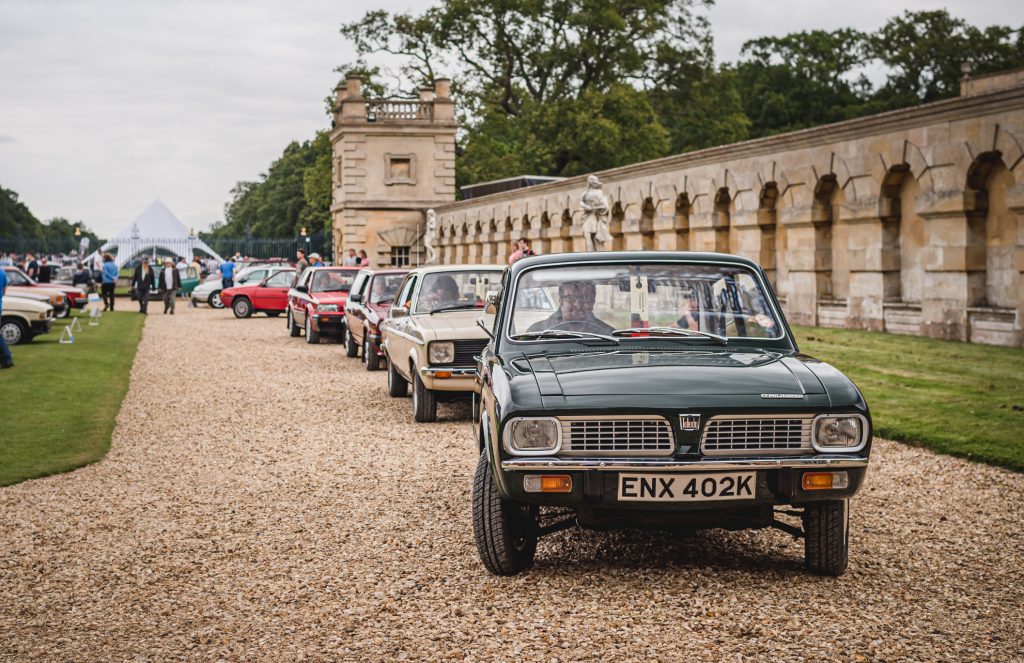
The automobile plant that turned out the green-over-saddle Triumph Toledo had been there a long while before the sporty British Leyland saloon hit the road. In fact, it had been home to the Standard Motor Company as early as 1916, though production of cars didn’t begin until after the First World War.
Aside from another break for the Second World War, Canley would go on making first Standard and then Triumph vehicles until August 1980, when production of the Acclaim moved to Cowley (see below) before fizzling out in 1984.
That production included the popular Dolomite, but more than 100,000 Toledos also left the line in Coventry, powered by a selection of 1.3 and 1.5-litre inline fours. They’re an uncommon sight today, but little evidence of the factory itself remains – the Standard Triumph Club between Herald Avenue and Tile Hill Lane the sole remaining original building.
Cowley, Oxford
If you want an indication of which cars remain most popular at the Festival of the Unexceptional, look no further than the number of entries to have been produced at Cowley in Oxfordshire and Longbridge in Birmingham. And this year, it was Cowley that gave us our greatest selection.
Cowley assembled the Triumph Acclaim between 1981 and 1984, alongside both the Austin Ambassador (’82-’84) and Austin and Rover Maestro (’82-’86), with the Austin Montego replacing the Ambassador in Austin’s range during 1984.
The Cowley plant is among the oldest in the UK with mass production beginning in 1914, and is still in operation today, moving into production of the BMW-owned Mini in 2001 (when the Rover 75 was moved to Longbridge) and continues to produce Minis today.
Dagenham, London
Dagenham is perhaps Ford’s best-known UK plant, and is the brand’s home in the UK. And while it no longer produces entire cars (instead, it builds nearly a million diesel engines per year for Ford’s vehicles worldwide), it’s had a huge impact on the cars we see on Britain’s roads today.
That’s mainly thanks to the Ford Fiesta, which was built at Dagenham across four generations, from 1976 until 2002. The Fiesta has been a consistent best-seller since its inception, and Ian Marsh’s 1989 Fiesta Ghia was representative of the strong-selling second-generation car that once roamed our roads.
Dagenham was far from limited to just Fiestas though, and also built the 1981 Cortina Ghia Mk5 submitted by Gavin Herberts – undoubtedly the car at the show with the most cop-show swagger.
Ellesmere Port, Cheshire
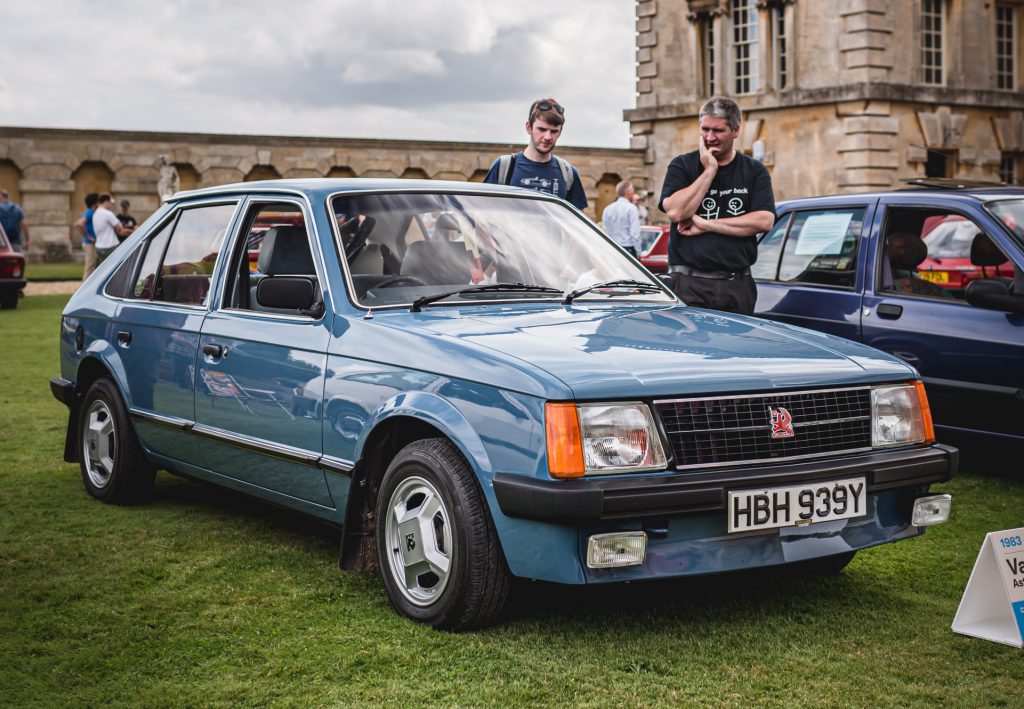
Vauxhall owner Stellantis recently confirmed its plant at Ellesmere Port in Cheshire would have a bright future, producing electric vans for the Vauxhall, Opel, Peugeot and Citroën brands.
The move will secure more than a thousand jobs in the area, and no doubt many more down the supply chain. But while the new silent-running commercial vehicles will no doubt be popular, for us Ellesemere Port is best remembered for producing one of Britain’s most popular family cars: the Vauxhall Astra.
Hagerty recently covered the importance of the sleekly-styled Mk2 Astra to the Cheshire plant, but the geometric Mk1 model (sold and produced overseas as the Opel Kadett) was built there from 1981 too, following a couple of years being imported from Germany. Top of the heap was the sporty GTE – but our concours car was, naturally, the more prosaic GL 1300S.
Halewood, Merseyside
Halewood’s history with Ford goes back to the Anglia 105E, as a way of relieving pressure on the plant at Dagenham. The first Anglia built at Halewood, in March 1963, now resides at the Museum of Liverpool.
The Ford Corsair was also assembled at Halewood from 1964, but from 1967 until the final variant rolled off the line in 2002, Halewood’s greatest contribution was the Ford Escort. At the concours, “best-dressed” Mark Pallatt’s low-miles Mk2, plus both the charming blue 1989 Ford Escort Popular and the Orion Ghia Injection from the same year were all children of Halewood, and once ubiquitous on the British motoring landscape.
Today, Halewood is still in operation, albeit producing rather more exceptional vehicles. It was the home of the Jaguar X-Type in the early 2000s, and now produces the Land Rover Discovery Sport and Range Rover Evoque. Bit different from the Anglia, then…
Longbridge, Birmingham
Joining familiar British shapes from Cowley were a trio from Longbridge at this year’s concours – plus plenty more in the unexceptional car park. The Austin Allegro and SD3-generation Rover 200 are festival regulars, proving affordable to buy, inexpensive to run and in the Allegro’s case, still plentiful enough for a buyer to be choosy.
The 200 might be called the odd-one-out, following on from the Triumph Acclaim in being a design heavily related to a Honda, in this case the third-generation Civic saloon, wearing the Ballade name of its predecessor. Our festival car was a Rover 213 Vanden Plas, utilising Honda’s revvy little single-cam 1.3-litre four-pot.
The Allegro is more familiar on the scene these days but emerged from the same plant. Longbridge itself is, sadly, virtually no more. Just a few buildings remain under current Chinese ownership, and in recent years the last few production facilities were used for nothing more than final assembly of MGs imported from China.
Luton, Bedfordshire
While Ellesmere Port produced the Astra, the next model up, the Cavalier, was built instead at Luton, where Vauxhall had been making cars since 1905. Sadly, Luton’s future isn’t quite as rosy as that of Ellesmere Port, and when production of the first generation Vauxhall Vectra ended in 2002, it would be the last Vauxhall passenger car produced on the historic site.
The Vectra’s production at Luton was little surprise though, given its similarity to the 1988-1995, third-generation Cavalier it replaced. Two rep-tastic models made it to this year’s concours, a 1989 Cavalier GL 2.0i in white, and a 1995 1.8i maroon-hued example, both in hatchback form.
Both are representative of the cars that were everywhere not so long ago, and neatly gave us a glimpse of both pre- and post-facelift Cavaliers. While Luton might have slipped off the car production map, Cavaliers of this era seem a little more hardy, and are among the easiest unexceptional classics to find in today’s market.
Ryton, Warwickshire
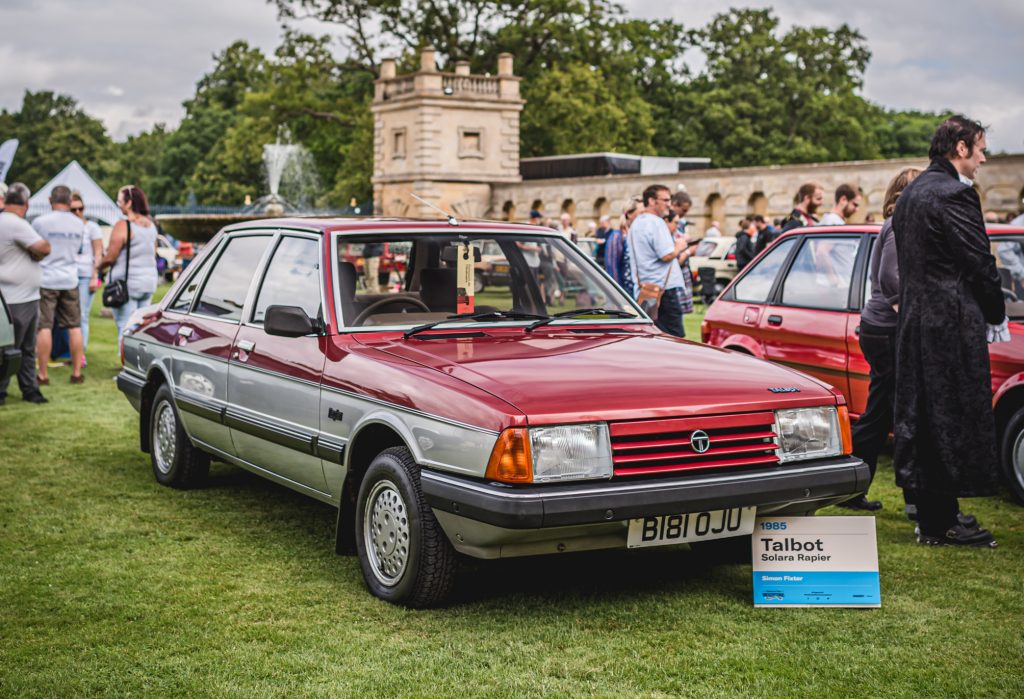
We included Simon Fixster’s incredibly tidy Talbot Solara Rapier in our recent French car rundown, the brand’s mixed heritage giving it claim to several different lands – but with various models of the Solara (and its Chrysler Alpine siblings) built in the UK, it warrants inclusion here too.
That plant was at Ryton-on-Dunsmore in Warwickshire, and like several others here, the plant isn’t just no longer producing cars, but is no longer even with us. Following its history building Rootes Group and Chrysler products, Ryton passed to Peugeot, with the part-Talbot Peugeot 309 starting production in 1985.
The Peugeot 405, 306 and then 206 were later built at Ryton too, but when Peugeot chose factories elsewhere in Europe for the 207, Peugeot announced – to great consternation – that the facility would be closed. If there’s any consolation, it’s that the models Ryton produced, particularly the 206 and 306, are still widely accessible today.
Washington, Sunderland
Drive around the northeast of England and you’ll notice a curiously high number of Nissan vehicles. The reason is that the local population is fiercely loyal to the brand that chose the region as its manufacturing hub for Europe – and directly employs around 7000 people in the area at its Washington plant, near Sunderland.
That figure hung in the balance until very recently, with Britain’s exit from Europe putting the huge volume of cars exported from Washington under strain – but like Ellesmere Port, the plant has been granted a future producing electric vehicles, plus the enormously popular Juke and Qashqai.
Its very first car though was 1986’s Nissan Bluebird, a fine red example of which (from 1989) was among our favourites on the concours lawn. Wearing the beaded seat cover so beloved by taxi drivers, the Bluebird’s reliability long made it a favourite for private hire. Between 1992 and 2010, Washington also produced the Micra, and in there was one of those too in rare and sporty Super S form.
Read more
My unexceptional story
10 British sports cars you probably forgot existed
13 British cars floored by flaws

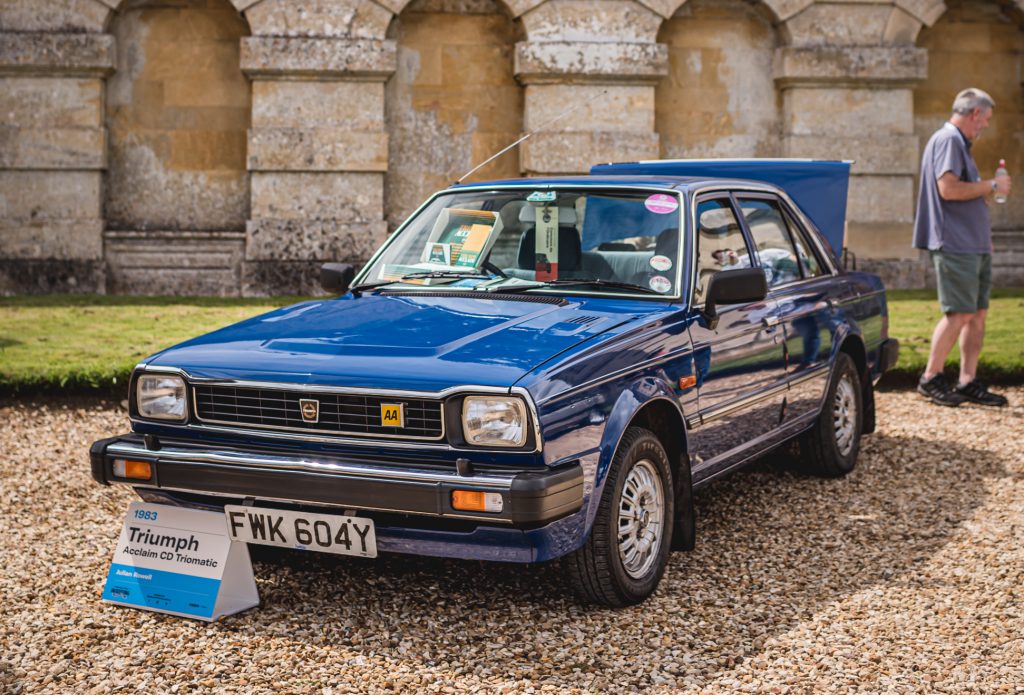
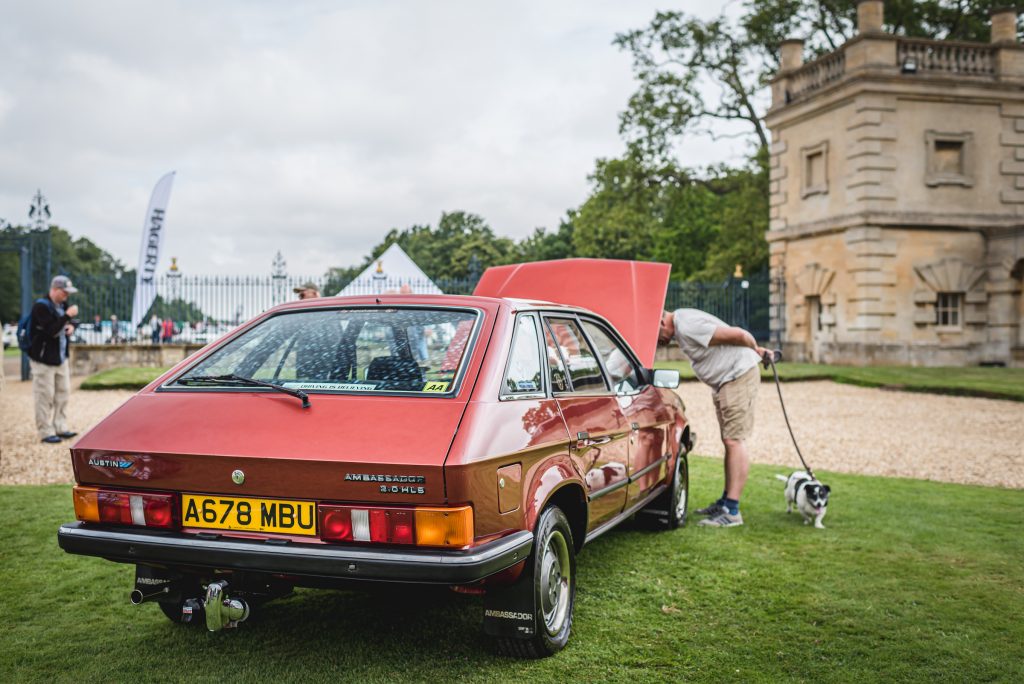
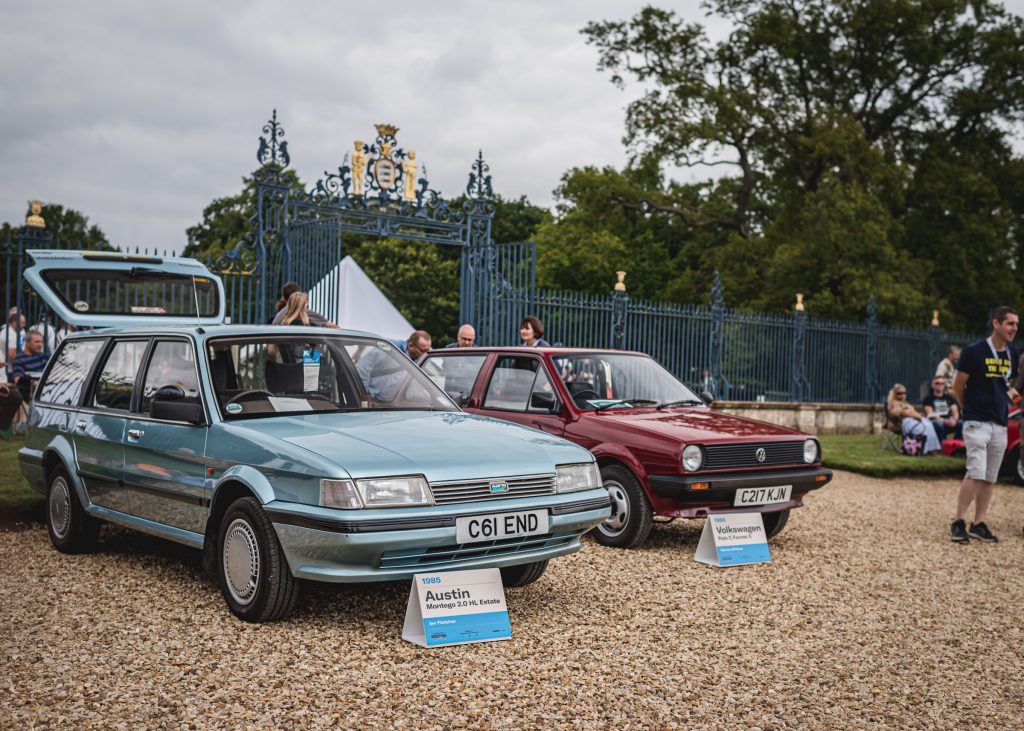
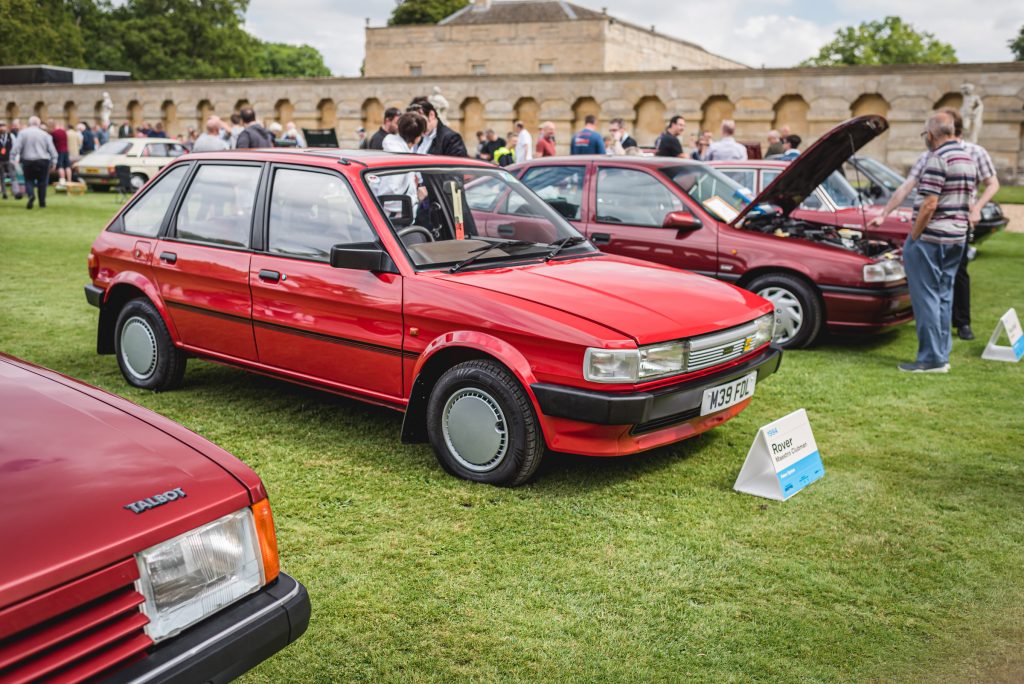
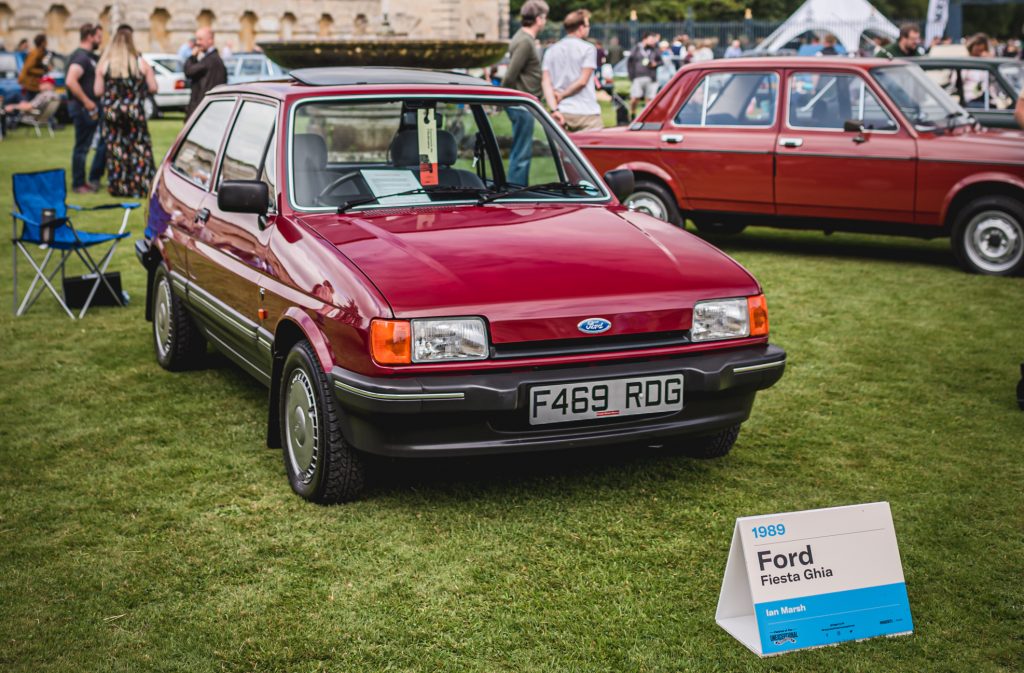
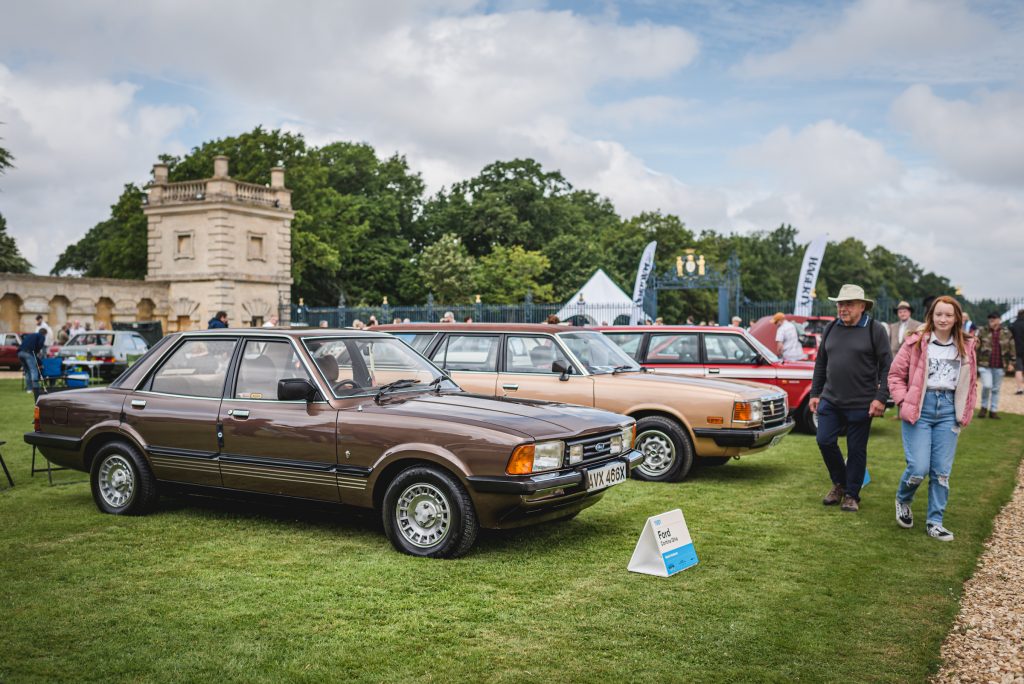
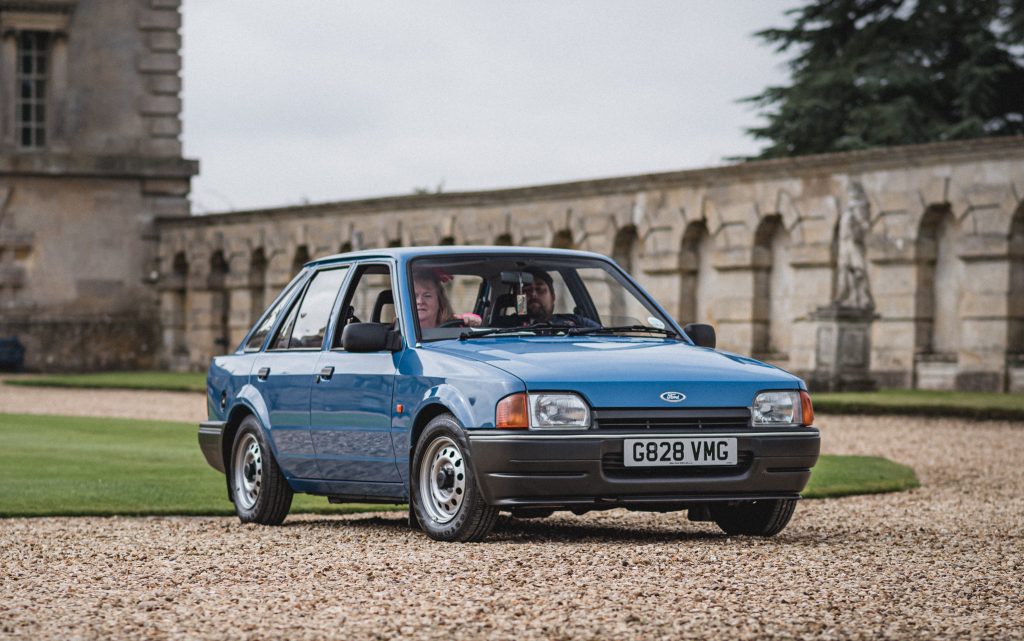
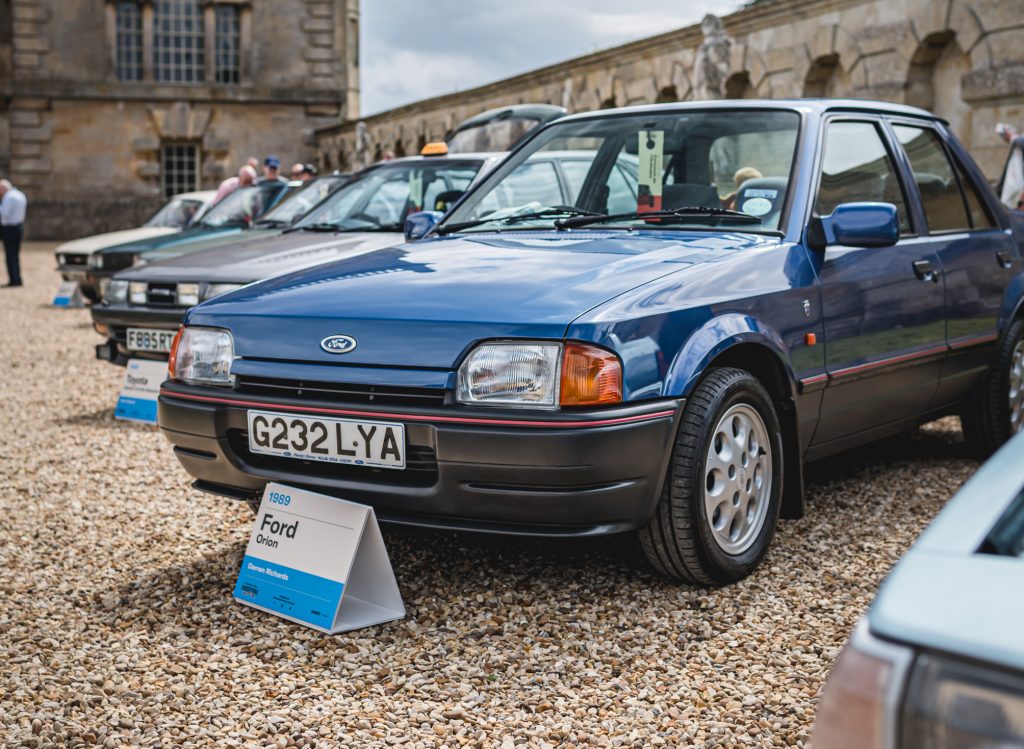
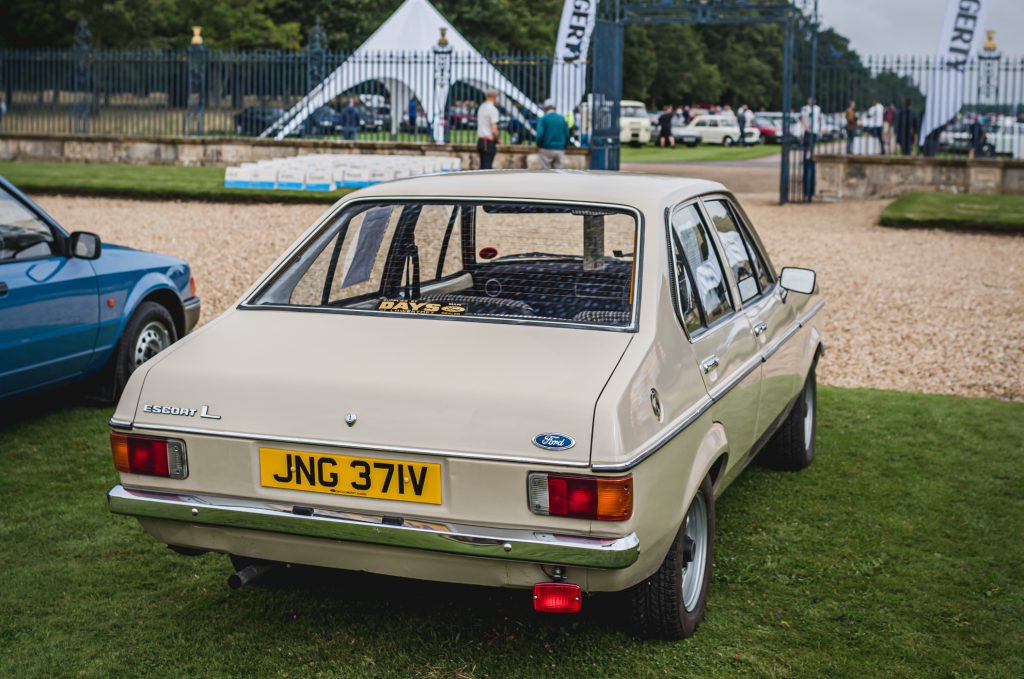
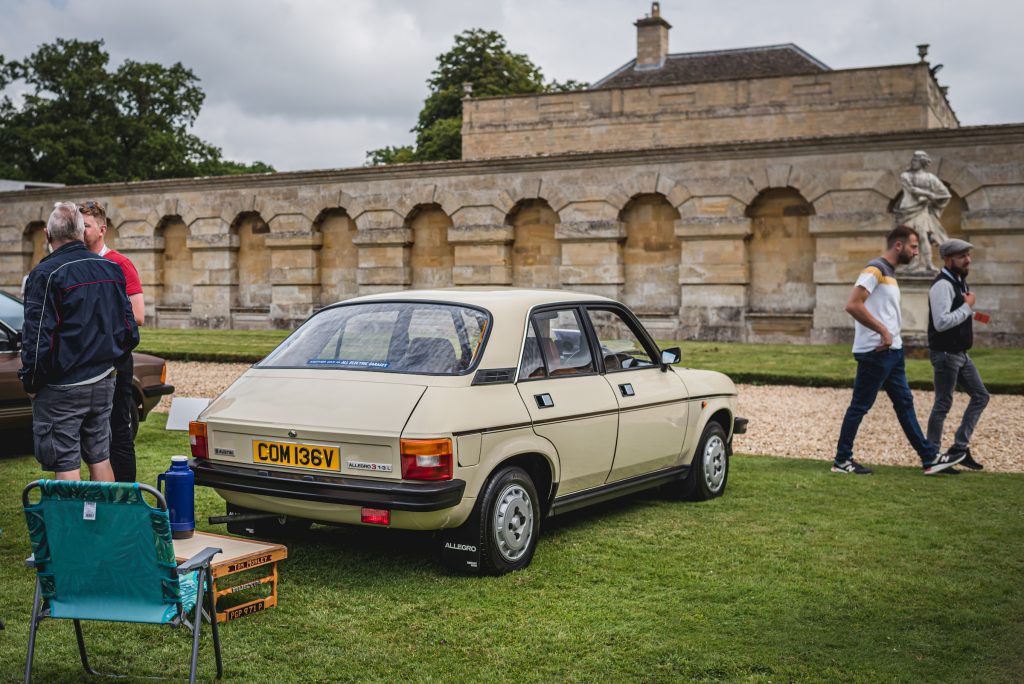
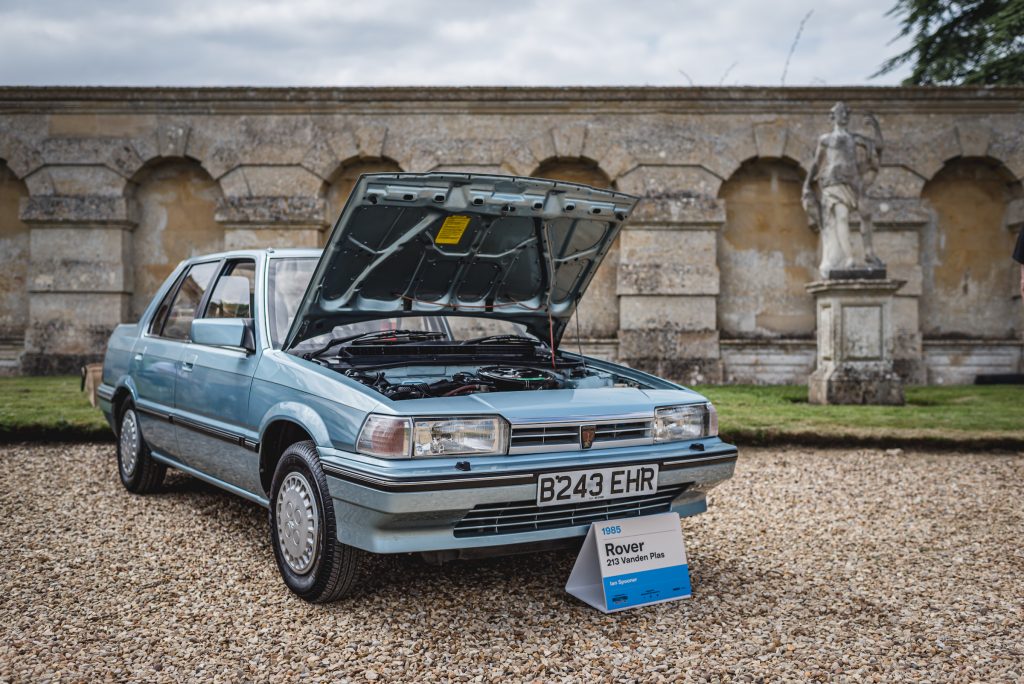
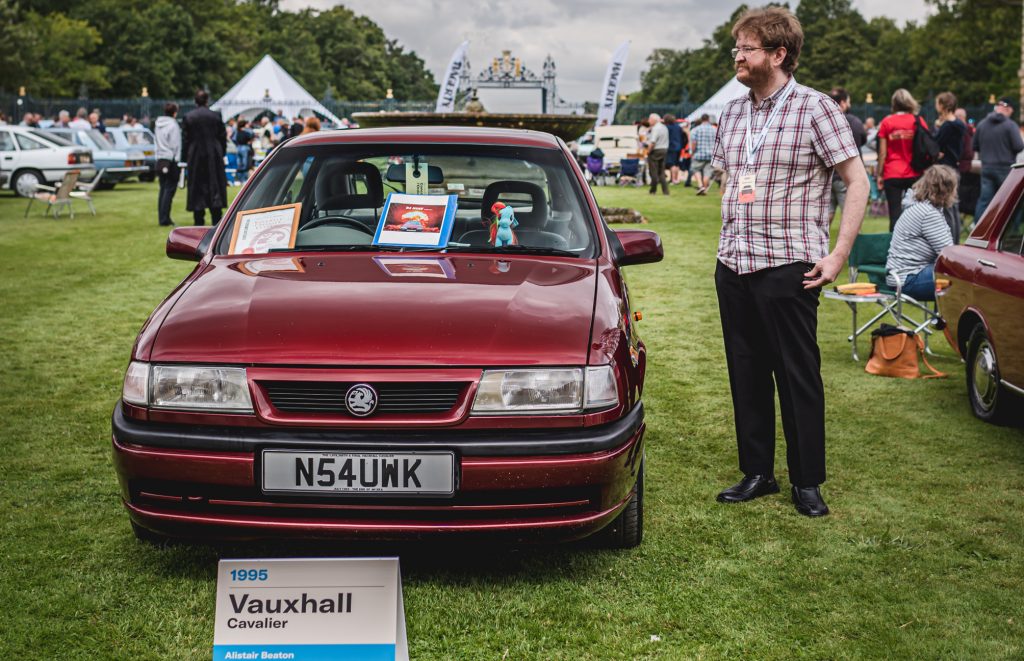
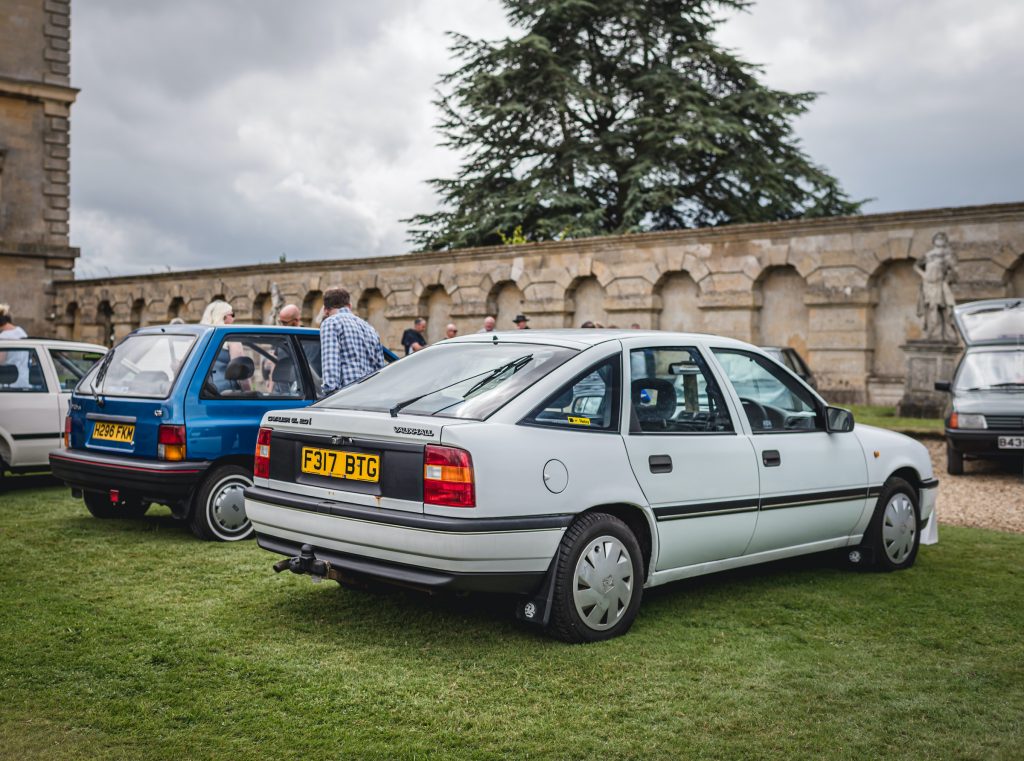
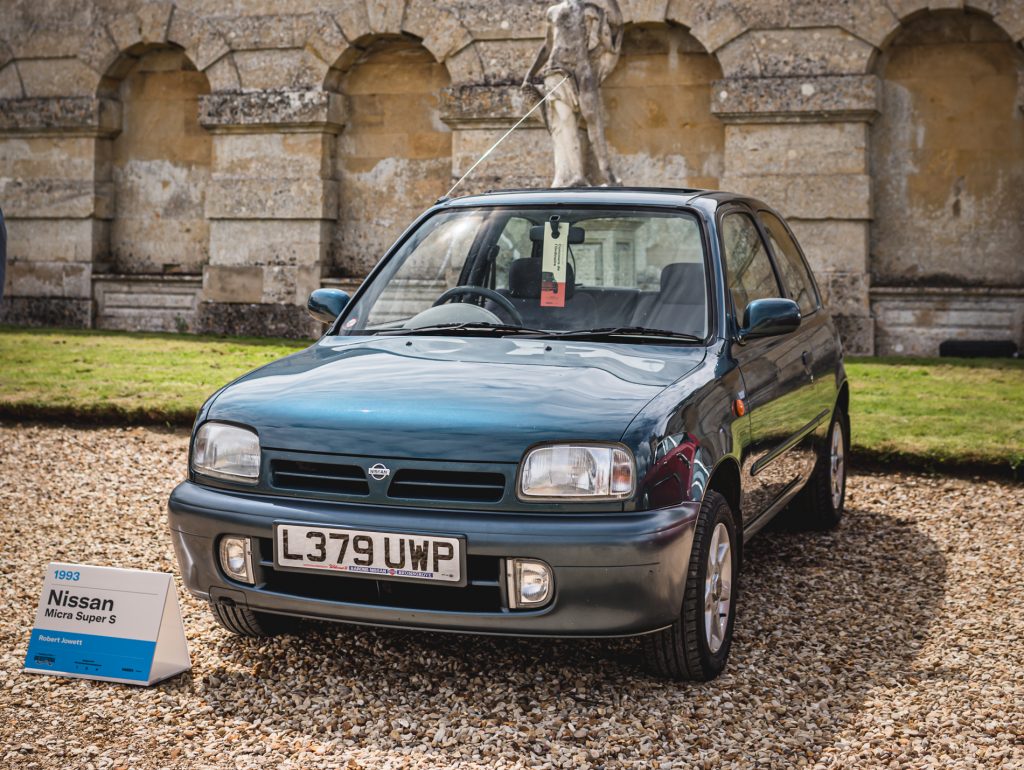
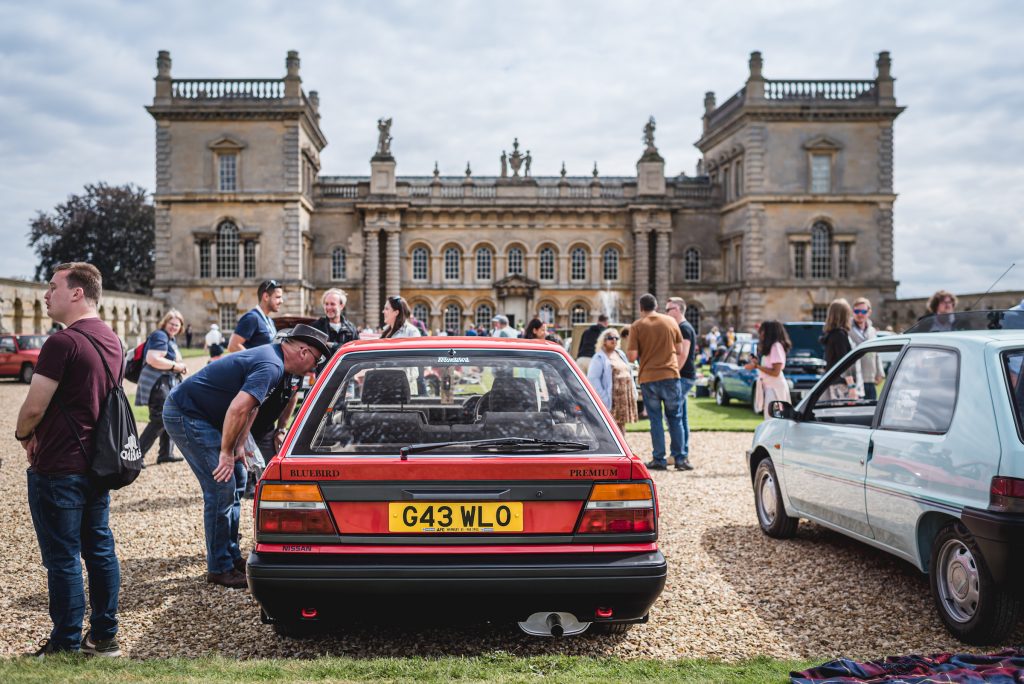






Toledo was built (at first) at Speke No. 2. Montego was never built at Longbridge. (It was Ital that shifted from Cowley to Longbridge). Linwood surely deserves a mention …
Hi Chris, thanks for the clarification on the Montego, now amended.
Linwood wasn’t mentioned as no cars from that plant were present in the concours, which was the idea behind the article – hence no mention of Toyota in Derby or Honda in Swindon either, among others.
Last Vauxhall produced in Luton in 2002 – cars but not Vauxhall Vivaro vans…
Fiesta was a Spanish build surely?
Hi Mark, Fiestas were built in Dagenham and Spain concurrently. As with a few cars on this list we can’t confirm where the specific example on display was built (unless you have information specific to the model, in which case we’re all ears!), but as some variants of the first four generations of Fiesta were built in Britain, we saw fit to include it in the list.
Vauxhall is still building vehicles in Luton. The Vivaro van is produced alongside Opel variants for export in the same facilities which build Bedford vans from the 1950s. And in recent times on 3 shifts due to high demand.
Hello David. You’re right, they’re still producing vans there – sorry, we should have clarified that we were referring specifically to cars.
A superb collection of the unexceptional and where they were built. Having never owned a British built car, I cannot really comment on their quality, but I have had few complaints about my own 12 cars that I have owned from 1976… all built behind what was the Iron Curtain until 1990.. and subsequently in the Czech Republic.